Study, work or travel in the UK. British
culture and life.


Visit the Isle of Wight
|
|
Study, work or travel in the UK. British
culture and life.
|
|
||
|
|
|
|
||
 |
||||
|
|
||||
 |
||||
|
Visit the Isle of Wight
|
||||
|
Sections:
|
Introduction |
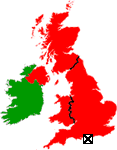 |
| Ferry crossing | ||
| Osborne House | ||
| Godshill | ||
| Shanklin | ||
| South-west coast | ||
| Yarmouth | ||
| Souvenirs | ||
| Further information | ||
| Links |
|
INTRODUCTION
|
 |
Isle
of Wight: The Garden Isle (guide book for tourists) Publisher: J Salmon Date: July 2003 |
 |
Isle
of Wight (guide book for tourists) Authors: Jackie Parry, Chris Parry Publisher: Landmark Publishing Ltd Date: March 2004 |
|
FERRY CROSSING
|
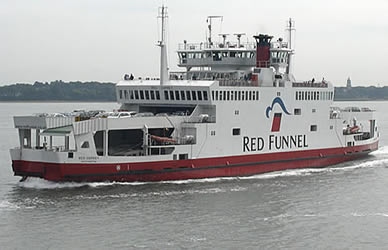 This ferry crosses the Solent to the Isle of Wight |
 Enjoy the views from the deck if it is fine |
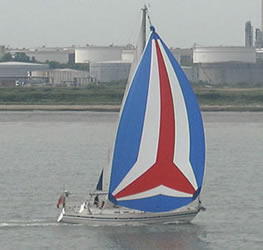 Boat near the oil refinery at Southampton |
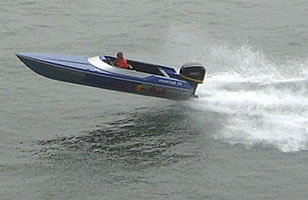 Speed boat |
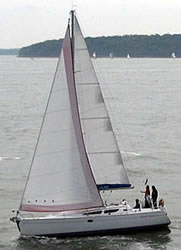 Sailing near the Isle of Wight |
|
OSBORNE HOUSE
|
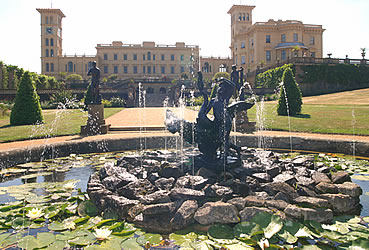 Osborne House: view from outside ... |
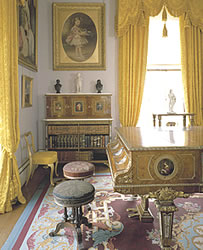 ... and inside the Drawing Room |
|
GODSHILL
|
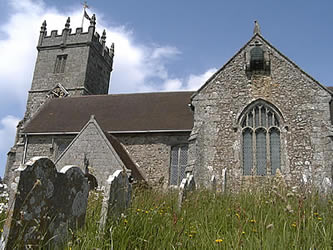 The church - built on a hill - gives the village its name |
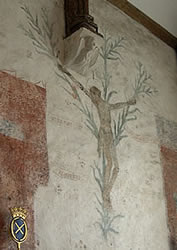 Wall painting inside the church |
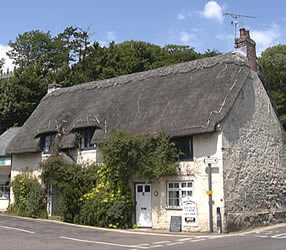 One of the thatched houses in the village |
 Entrance to an attractive tea garden |
|
SHANKLIN
|
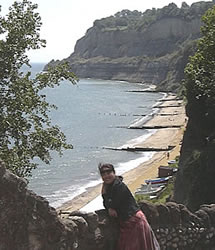 View from the path down to the sea |
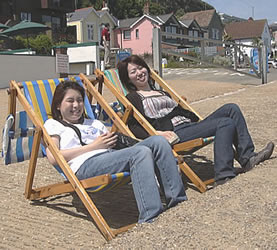 Relaxing in a deckchair |
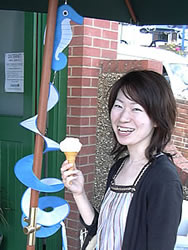 Enjoying a local ice cream |
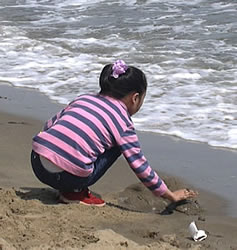 Building a sandcastle |
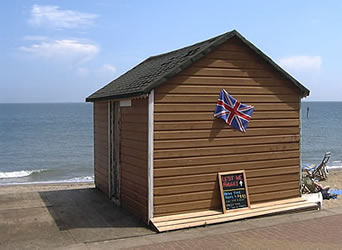 Beach hut with a view out towards France |
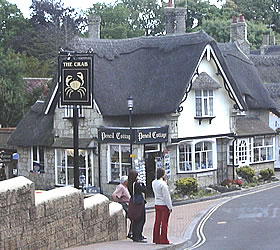 The Crab Inn |
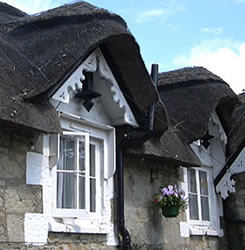 One of the thatched rooves |
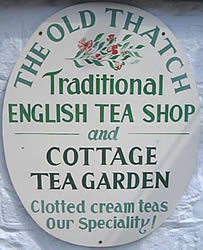 Time for tea ... |
|
SOUTH-WEST COAST
|
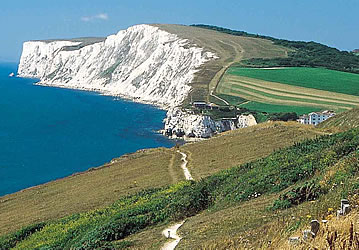 View of Freshwater Bay (Photo: Isle of Wight Tourism) |
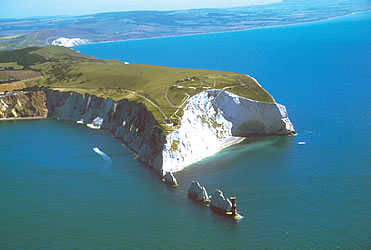 Alum Bay (left); The Needles & lighthouse (foreground) (Photo: Isle of Wight Tourism) |
|
YARMOUTH
|
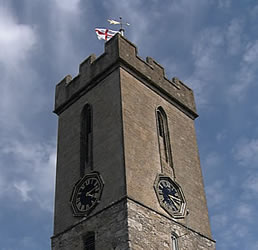 Church tower: a local landmark |
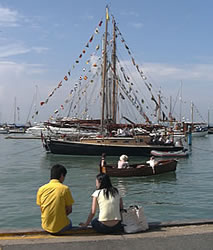 Romantic view of the marina |
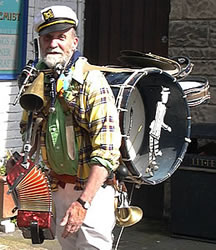 One-man-band entertains |
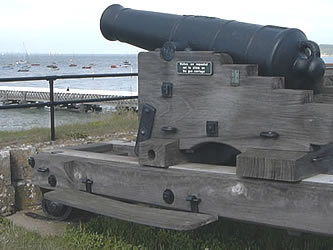 Yarmouth castle: protection against French invasions |
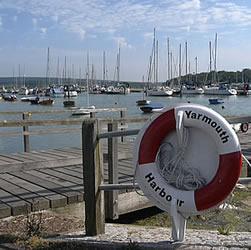 Yarmouth Harbour |
|
SOUVENIRS
|
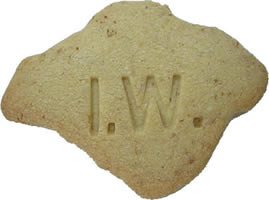 Shortbread in the shape of the island |
 Rock |
 Local honey |
|
FURTHER INFORMATION
|
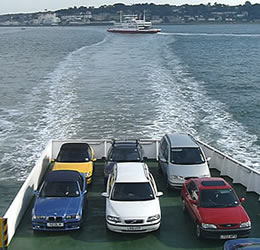 Car ferry returns to the mainland |
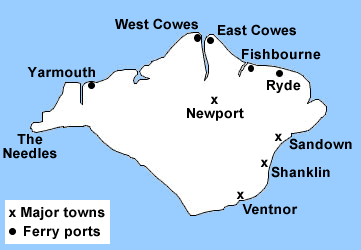 Map showing the ferry ports and other major towns |
|
Lonely Planet verdict: The Isle of Wight
"Quiet, contemplative and utterly relaxing, the Isle of Wight may only be a couple of miles off the Hampshire coast, but it is a world of its own. Over a third of the island is an Area of Outstanding Natural Beauty and there are 25 miles of clean and unspoilt beaches. Another big plus is the weather, which is more clement here than anywhere else in Britain " (extracts from "Lonely Planet Great Britain - 2003 edition", used with permission) |
|||
 |
Lonely Planet Great Britain Publisher: Lonely Planet Publications Date: May 2007 |
 |
Lonely
Planet England Publisher: Lonely Planet Publications Date: March 2007 |
|
|
|